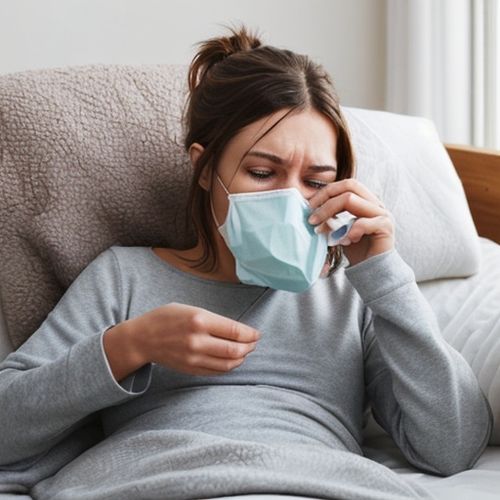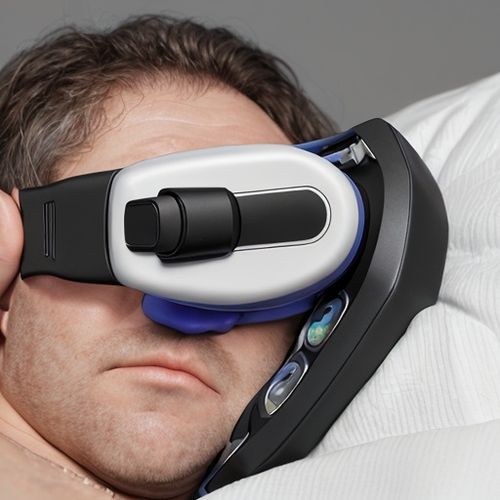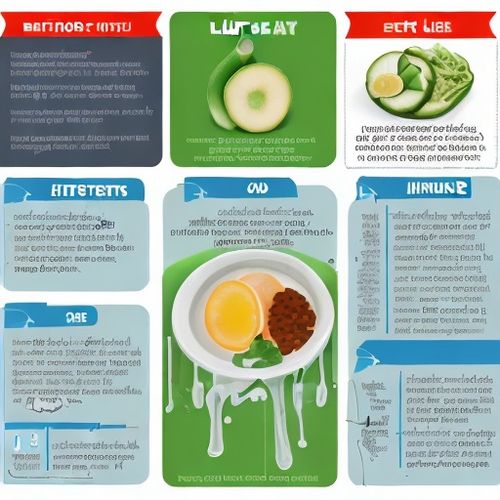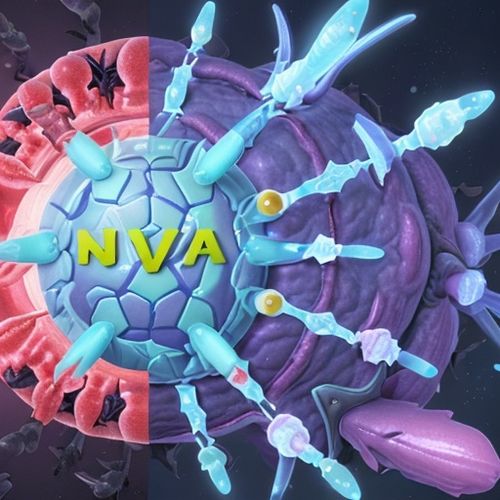In the ongoing saga of humanity’s battle against COVID-19, the approval of Novavax’s COVID-19 vaccine by the US Food and Drug Administration (FDA) marks a significant, albeit delayed, victory. After a six-week postponement, the FDA has given the green light to this vaccine, albeit with specific stipulations. This approval is reserved for individuals aged 65 and older, as well as those aged 12 and up who have at least one underlying condition that heightens their risk of severe illness. This development, while not as broad as some might have hoped, is a crucial step forward in providing more options for vulnerable populations.
Novavax President and CEO John Jacobs emphasized the importance of this milestone, stating, “Market research and US CDC statistics indicate that older individuals and those with underlying conditions are the populations most likely to seek out COVID-19 vaccination seasonally.” This statement underscores the strategic focus of the company, recognizing that these groups are often the most proactive in seeking protection against the virus. The CDC’s list of underlying conditions that increase the risk of severe COVID-19 illness is extensive, encompassing everything from asthma and diabetes to lung disease, obesity, and pregnancy. By targeting these high-risk populations, Novavax aims to fill a gap in the vaccination landscape.
The Novavax COVID-19 vaccine represents a departure from the mRNA technology utilized by Pfizer/BioNTech and Moderna. Instead, it relies on more traditional protein-based technology. This approach has its own set of advantages and challenges. While mRNA vaccines have been at the forefront of the COVID-19 response, the protein-based vaccine from Novavax offers an alternative that may appeal to those who prefer a more conventional method. The vaccine has been under emergency use authorization since 2022, but the path to full approval has been fraught with delays. Originally scheduled for approval on April 1, the FDA’s decision was postponed as it sought additional data to ensure the vaccine’s safety and efficacy.
The approval letter issued by the FDA on Friday comes with a caveat: Novavax is required to conduct postmarketing studies to investigate the risk of myocarditis and pericarditis, conditions involving inflammation of the heart muscle and the membrane surrounding the heart. These rare but serious side effects have been reported in a handful of cases following COVID-19 vaccination, according to the CDC. While the overall risk remains low, the FDA’s decision to mandate further research reflects a cautious approach to ensuring public safety.
The CDC and its Advisory Committee on Immunization Practices (ACIP) have consistently maintained that the benefits of COVID-19 vaccination far outweigh the risks, even in light of the rare occurrences of heart inflammation. The ACIP is currently deliberating changes to the CDC’s guidance on who should receive an annual COVID-19 shot. The discussions have centered around prioritizing older adults, those with weakened immune systems, and individuals who are more likely to be exposed to the coronavirus. This ongoing evaluation highlights the dynamic nature of the pandemic response and the need for continuous adaptation based on emerging data and evolving public health needs.
The approval of the Novavax vaccine also occurs against the backdrop of a deeply polarized public discourse on vaccination. Misinformation and disinformation have plagued the COVID-19 response, with figures like Robert F. Kennedy Jr., the secretary of the US Department of Health and Human Services, contributing to the confusion. Kennedy, a longtime anti-vaccine activist, has made unfounded claims about COVID-19 vaccines, labeling them “the deadliest vaccine ever made.” More recently, he has spread misleading information about the safety of the measles vaccine amidst a significant outbreak in West Texas. Such statements, which have been debunked by scientific evidence, underscore the challenges faced by public health officials in promoting vaccination and combating vaccine hesitancy.
The delayed approval of the Novavax vaccine can be seen as a microcosm of the broader challenges in the COVID-19 response. The six-week delay reflects the delicate balance between expediting access to potentially life-saving vaccines and ensuring rigorous safety standards. The FDA’s decision to require postmarketing studies on myocarditis and pericarditis demonstrates a commitment to transparency and ongoing evaluation. This approach is essential in building public trust, particularly in an environment where misinformation can spread rapidly and undermine vaccination efforts.
The Novavax vaccine’s approval also highlights the importance of having multiple vaccine options available. While Pfizer and Moderna’s mRNA vaccines have been widely used and have saved countless lives, the introduction of a protein-based vaccine provides an alternative for those who may have concerns about mRNA technology. This diversity in vaccine options is crucial in addressing the varied needs and preferences of the population. It also serves as a reminder that the fight against COVID-19 is not a one-size-fits-all endeavor.
As the world continues to grapple with the ongoing threat of COVID-19, the approval of the Novavax vaccine represents a small but significant victory. It is a testament to the relentless efforts of scientists, healthcare workers, and public health officials who have worked tirelessly to combat the pandemic. While challenges remain, from combating misinformation to ensuring equitable access to vaccines, each step forward brings us closer to a future where COVID-19 is no longer a dominant threat to public health.
The FDA’s approval of the Novavax COVID-19 vaccine is a milestone that should be celebrated, even as we acknowledge its limitations. It is a reminder of the importance of scientific rigor, public trust, and the need for diverse solutions in the fight against COVID-19. As we move forward, it is crucial to continue supporting research, promoting accurate information, and ensuring that all individuals have access to the tools they need to protect themselves and their communities. The journey is far from over, but with each new development, we take one step closer to a healthier, safer world.

By Sarah Davis/May 19, 2025

By Natalie Campbell/May 19, 2025

By George Bailey/May 19, 2025

By Lily Simpson/May 19, 2025

By David Anderson/May 19, 2025

By Olivia Reed/May 19, 2025

By Amanda Phillips/May 19, 2025

By Sophia Lewis/May 19, 2025

By Olivia Reed/May 19, 2025

By Emily Johnson/May 19, 2025

By John Smith/May 18, 2025

By Eric Ward/May 18, 2025

By Jessica Lee/May 18, 2025

By Jessica Lee/May 18, 2025

By Sophia Lewis/May 18, 2025

By Rebecca Stewart/May 18, 2025

By Emily Johnson/May 18, 2025

By Rebecca Stewart/May 18, 2025

By Megan Clark/May 18, 2025

By Megan Clark/May 18, 2025